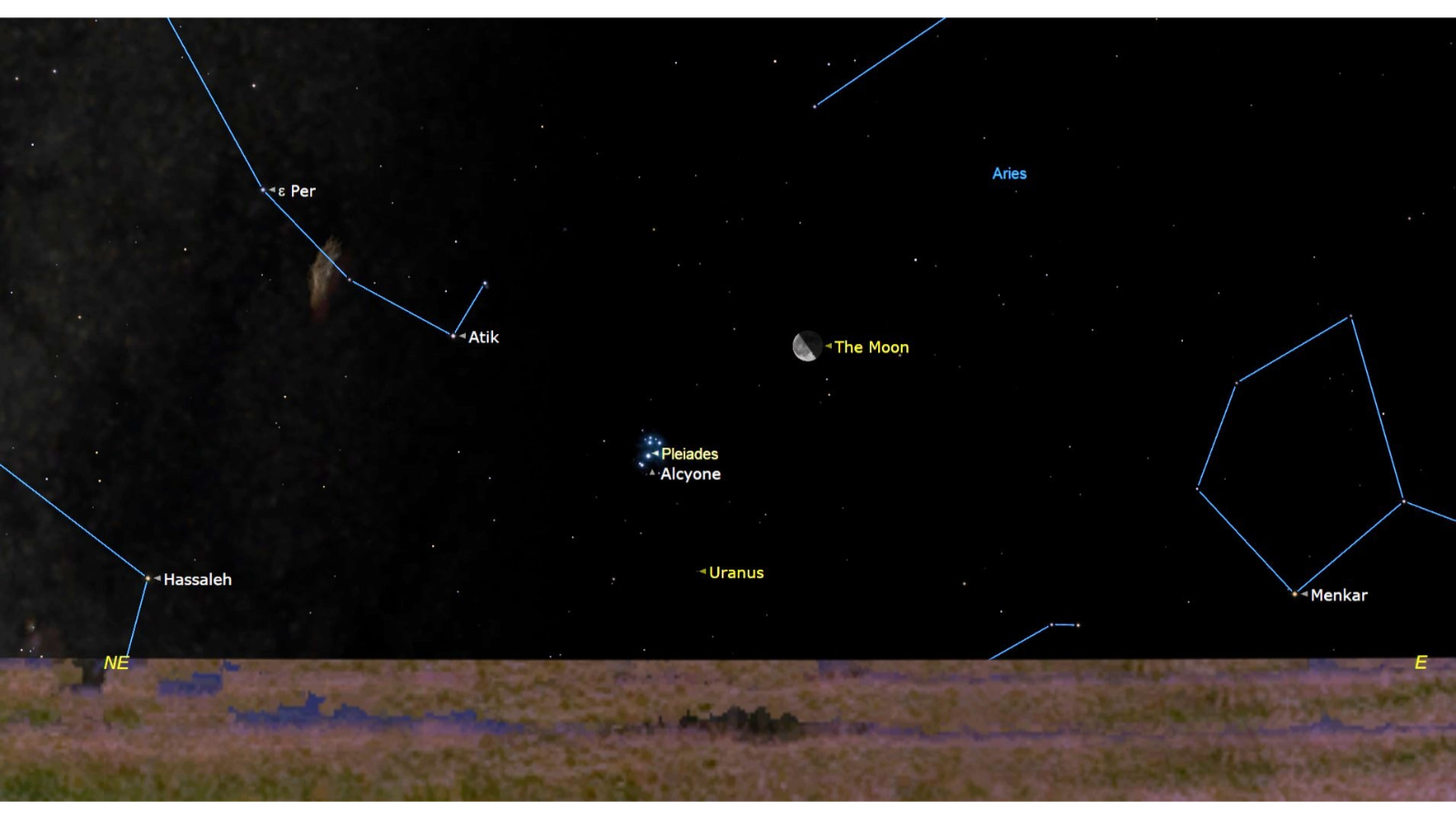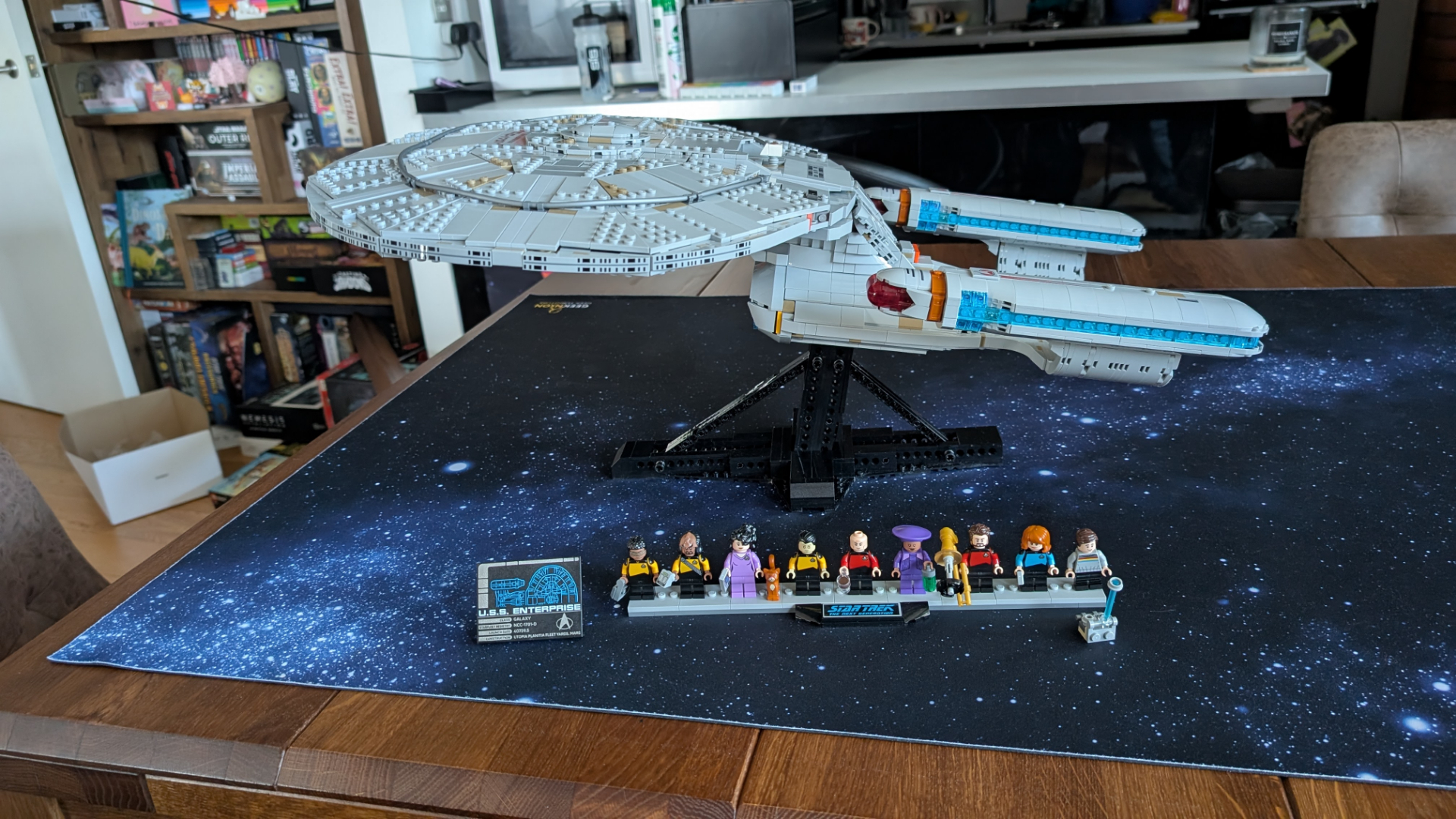Don't miss the moon rendezvous with the Pleiades in the early morning sky Aug. 16–17
The moon will drift towards the Pleiades and Uranus in the early hours of Aug. 16-17.
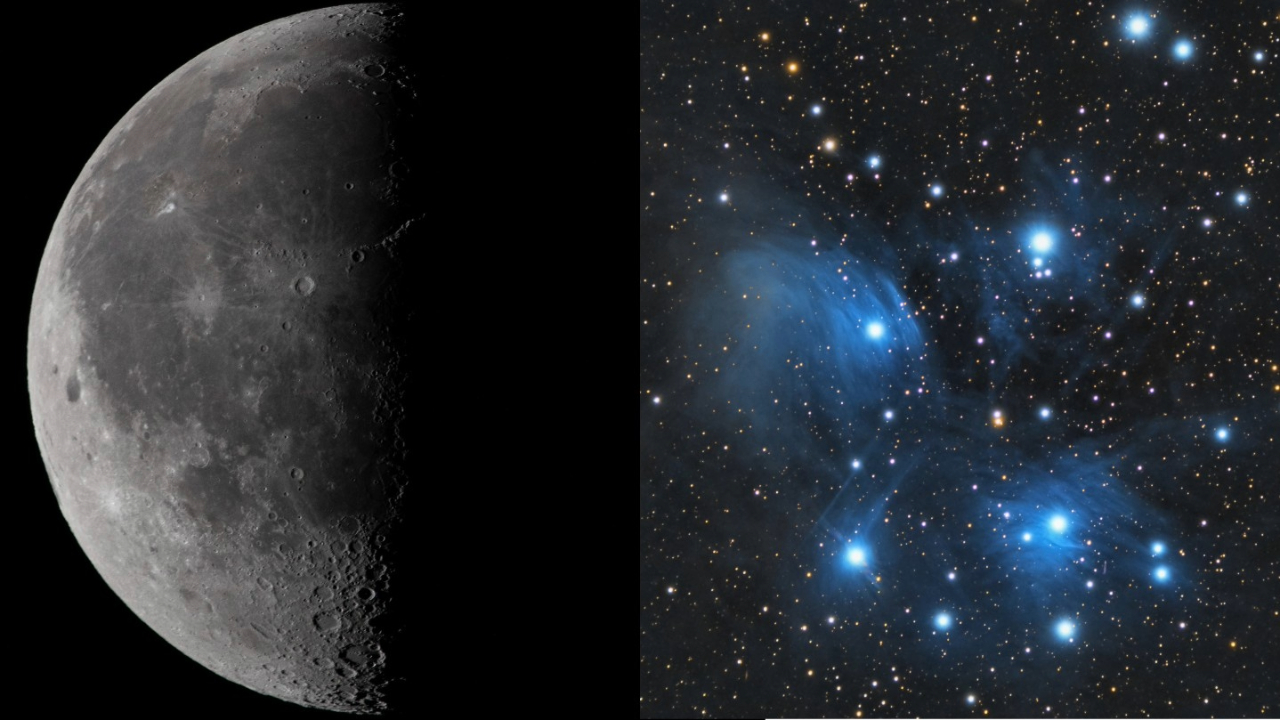
The moon will sweep close to the Pleiades open star cluster in the early morning hours of Aug. 16-17, with the ice giant Uranus lurking unseen nearby.
Look to the eastern horizon an hour after midnight on Aug. 16 to see the half-lit lunar disk — which hits its third quarter phase at 1:12 a.m. EDT (0512 GMT) — roughly 5 degrees to the upper right of the famous Pleiades star cluster. A day later, on Aug.17, the moon will be sitting about 5 degrees to the lower left of the Pleiades. Remember: the width of your three middle fingers held at arm's length measures roughly 5 degrees in the night sky.
The Pleiades, also called the 'Seven Sisters', appears as a faint milky smudge of light to the naked eye and may be a little challenging to spot in the moon-lit sky. If you're having trouble finding it, try the averted vision technique, looking slightly to the side of the cluster so it falls in your peripheral vision, which can make it stand out more clearly.
Stargazers new to exploring the night sky may benefit from the aid of a smartphone astronomy app, which uses augmented reality technology to point the way to specific stars and deep space objects.
A pair of 10x50 binoculars will reveal the Pleiades' seven brightest stars, along with a plethora of large impact craters on the moon's surface, including Kepler and Copernicus, which will be visible slightly above the lunar equator. An 8-inch telescope will grant a magnificent view of the cluster's white-blue stellar population shining through tenuous clouds of interstellar dust, while also making Uranus detectable as a tiny aqua dot less than 5 degrees to the lower right of the Pleiades on Aug 16.
The moon will drift closer to the star cluster as the early morning hours continue their relentless march towards dawn on Aug. 16. By the time the moon rises on Aug. 17, it will have jumped to the opposite side of the Pleiades, and will move ever further away from it in the nights that follow, as its disk continues to grow thinner ahead of its new moon phase.
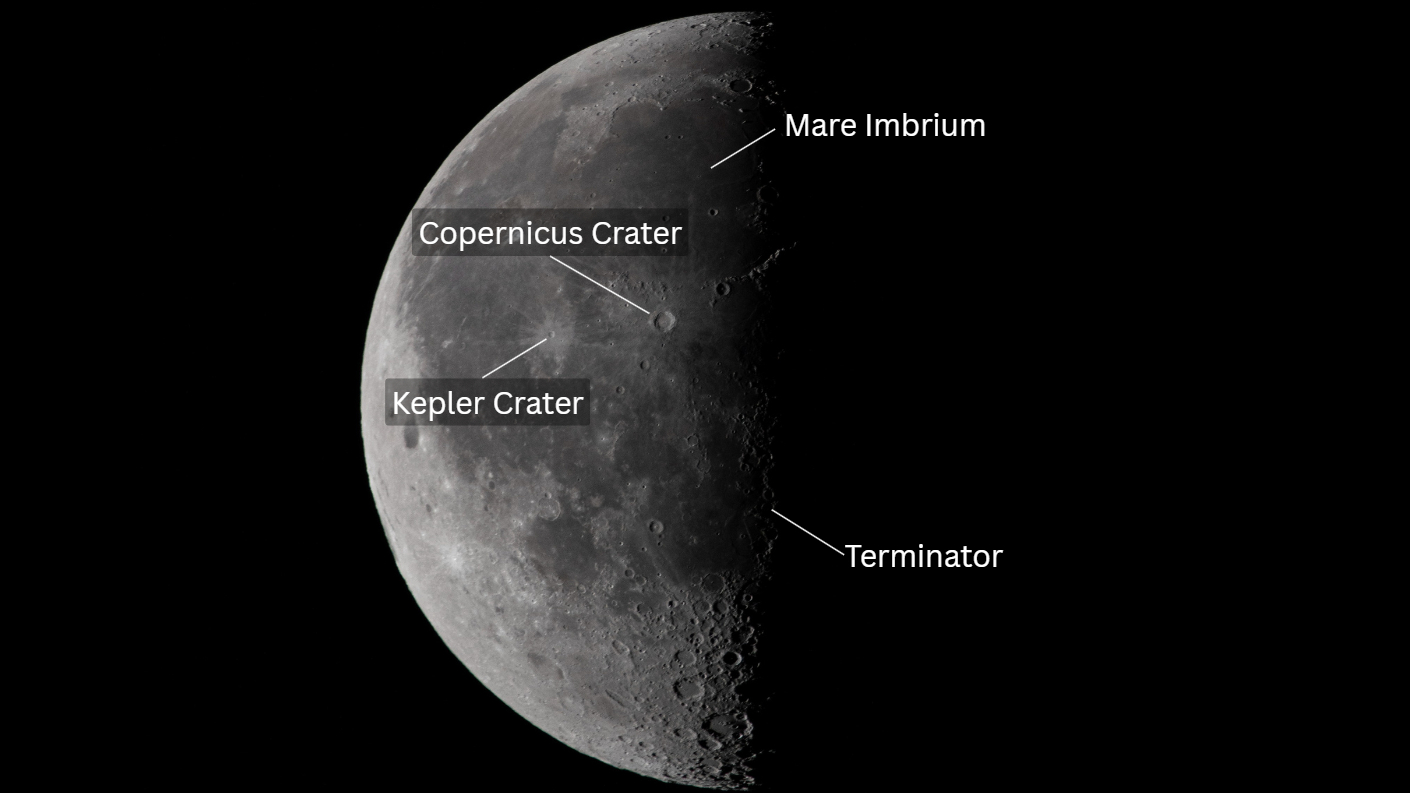
Stargazers hoping to explore the heavens for themselves should check out our roundup of the best telescope and binocular deals available in 2025. Photographers hoping to capture the majesty of the post-sunset realm should also read our pick of the best lenses and cameras for astrophotography.
Breaking space news, the latest updates on rocket launches, skywatching events and more!
Editor's Note: If you would like to share your astrophotography with Space.com's readers, then please send your photo(s), comments, and your name and location to spacephotos@space.com.
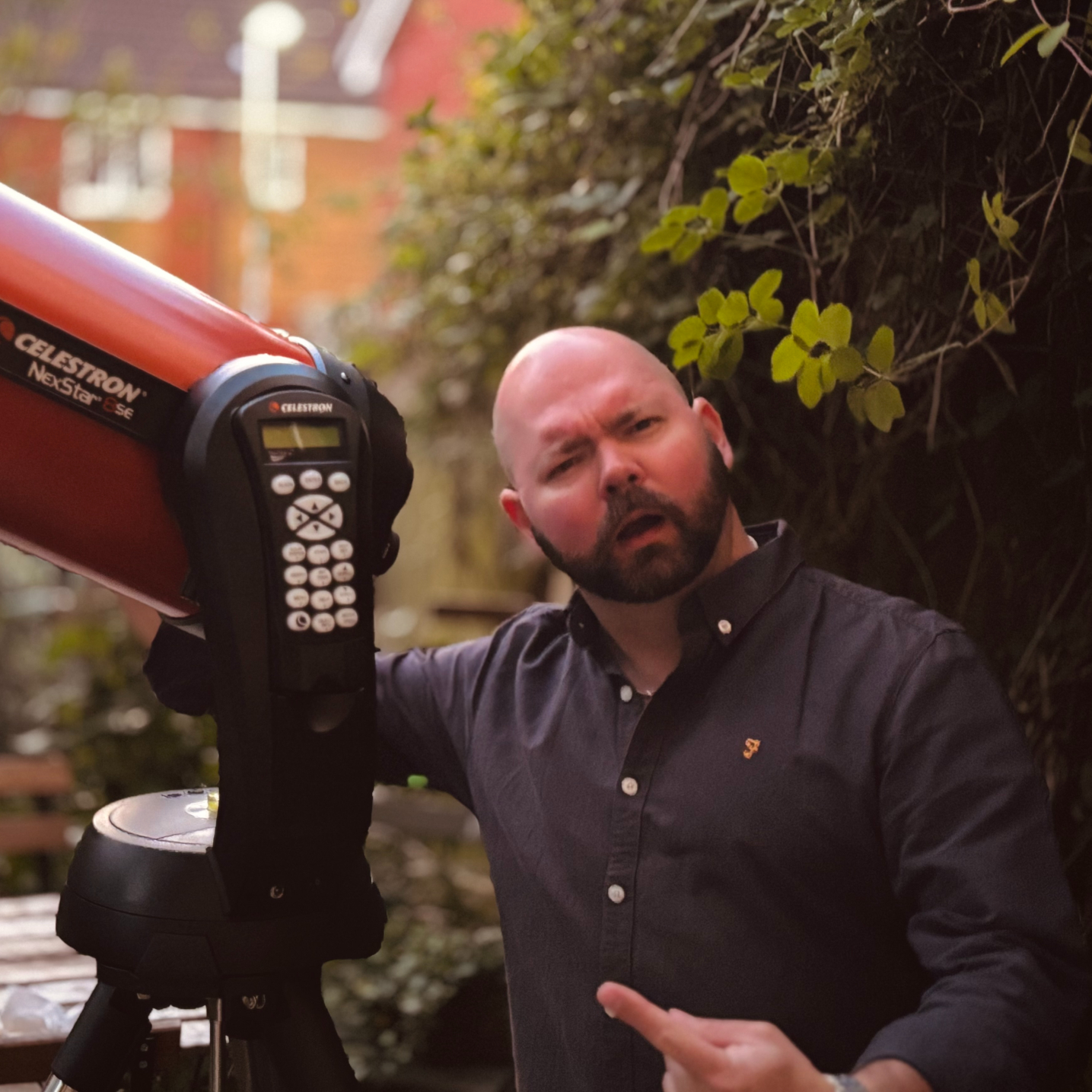
Anthony Wood joined Space.com in April 2025 after contributing articles to outlets including IGN, New Atlas and Gizmodo. He has a passion for the night sky, science, Hideo Kojima, and human space exploration, and can’t wait for the day when astronauts once again set foot on the moon.
You must confirm your public display name before commenting
Please logout and then login again, you will then be prompted to enter your display name.
